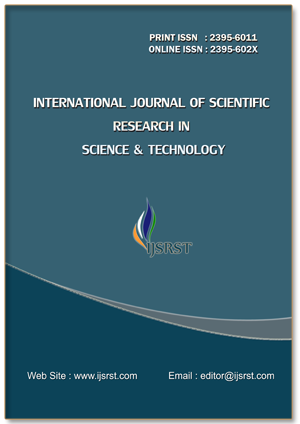Modeling to assess the Traffic Performance at Uncontrolled Roundabout: A Microscopic Simulation Case Study
Keywords:
Uncontrolled rotary, VISSIM, Simulation, driving behaviorAbstract
PTV VISSIM, one of the most advanced and adaptable traffic simulation tools globally, enables the realistic modeling of complex vehicle interactions at both microscopic and mesoscopic levels. It offers detailed representations of demand, supply, and driver behavior, and supports the simulation of emerging mobility concepts such as Mobility as a Service (MaaS) and Connected and Autonomous Vehicles (CAV). Its seamless integration with PTV VISUM further enhances its capabilities, making it a leading tool in traffic planning and operations. This study focuses on the modeling of an Uncontrolled Rotary Design under heterogeneous traffic conditions using VISSIM. Initially, simulations were conducted using VISSIM’s default driver behavior parameters. However, the results showed poor alignment with real-world observations, particularly in terms of increased delays and travel times. To improve accuracy, Sensitivity Analysis was employed to assess the influence of specific behavioral parameters. The calibrated model achieved a close match with 70–80% accuracy relative to field data, compared to only 15–20% accuracy using default settings. These findings demonstrate the importance of parameter calibration in replicating actual traffic behavior and validate VISSIM as a reliable tool for analyzing and improving uncontrolled intersection performance. The study underscores the significance of calibrating simulation models to reflect local traffic behavior, especially in regions with heterogeneous traffic like India. By adjusting key driver behavior parameters—such as standstill distance, look-ahead distance, and desired speed—the simulation outcomes were brought in close agreement with field conditions. This calibration not only enhanced the accuracy of traffic volume replication but also provided realistic estimates of travel time and delay. The findings affirm that default parameters are insufficient for representing complex, unsignalized intersections is essential for effective traffic analysis and planning. The calibrated VISSIM model developed in this study offers a valuable framework for evaluating infrastructure changes, traffic control strategies, and safety measures at uncontrolled roundabouts.
Downloads
References
Lokesh (2020), “Calibration and Validation of VISSIM Driving Behaviour Parameters for Signalized and UN-Signalized Intersections in Bangalore City”, GIS SCIENCE JOURNAL ISSN NO: 1869-9391 Volume 7, Issue 11, 2020.
Istiqomah et al. (2018), “Traffic Simulation in An Intersection by Using Integrated Vissim-MATLAB”, ©International Conference on Sustainable Energy Engineering and Application (ICSEEA).
Rohani et al. (2018), “Overview of Application of Traffic Simulation Model”, ©MATEC Web of Conferences 150, 03006 (2018).
Kumar et al. (2017), “Design of a rotary for an uncontrolled multi-leg intersection in Chennai, India”, IOP Conf. Series: Materials Science and Engineering 263 (2017)
Mahajan (2013), “New Concept of Traffic Rotary Design at Road Intersections” , 13th COTA International Conference of Transportation Professionals (CICTP 2013), Transport Policy Volume 96 , Pages 2791-2799 © Elsevier
Downloads
Published
Issue
Section
License
Copyright (c) 2024 International Journal of Scientific Research in Science and Technology

This work is licensed under a Creative Commons Attribution 4.0 International License.
https://creativecommons.org/licenses/by/4.0





